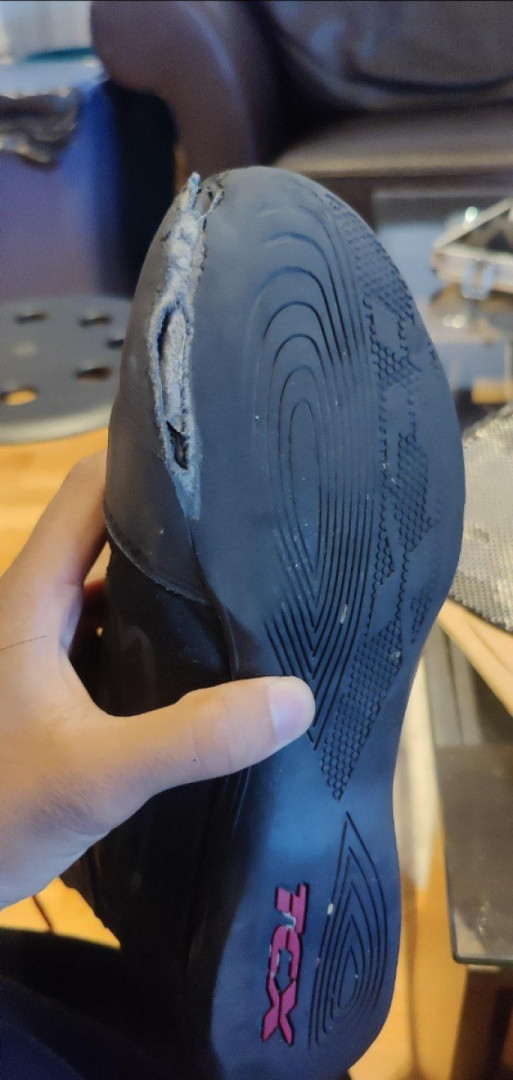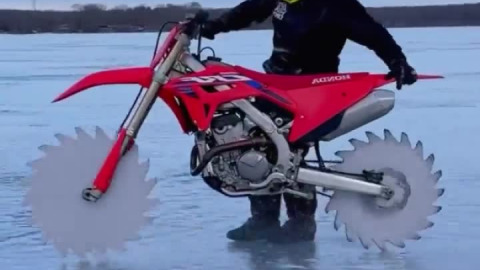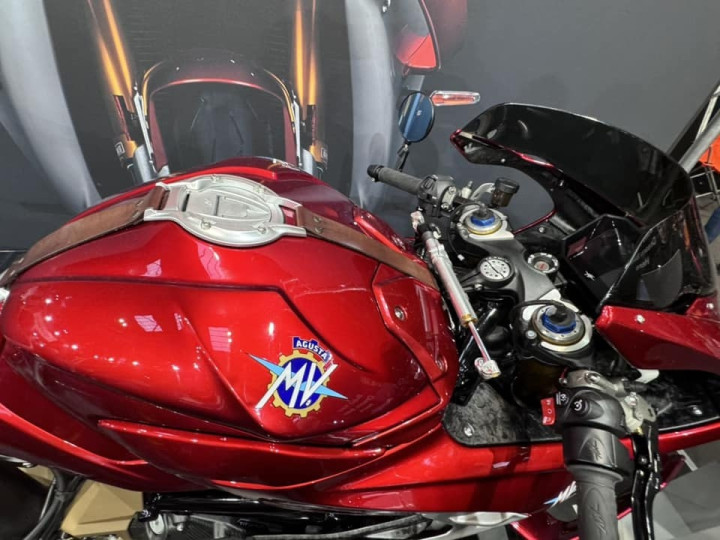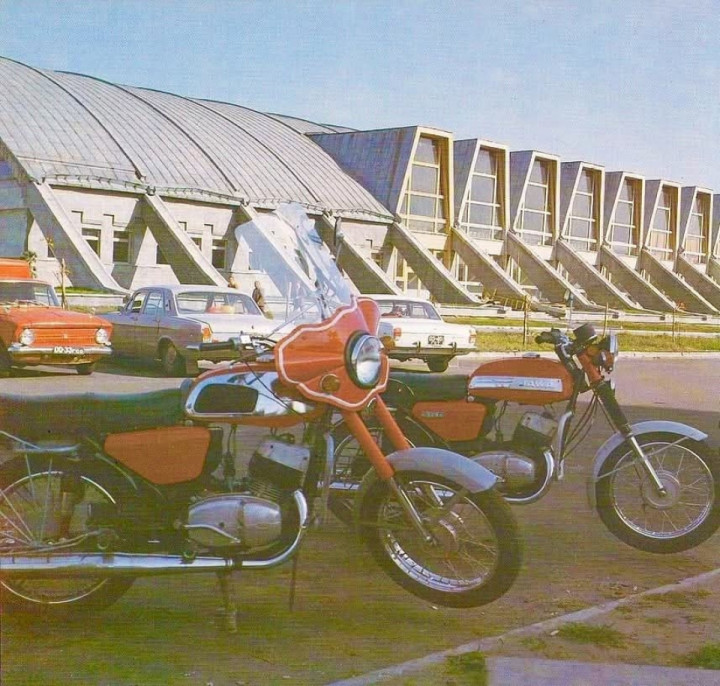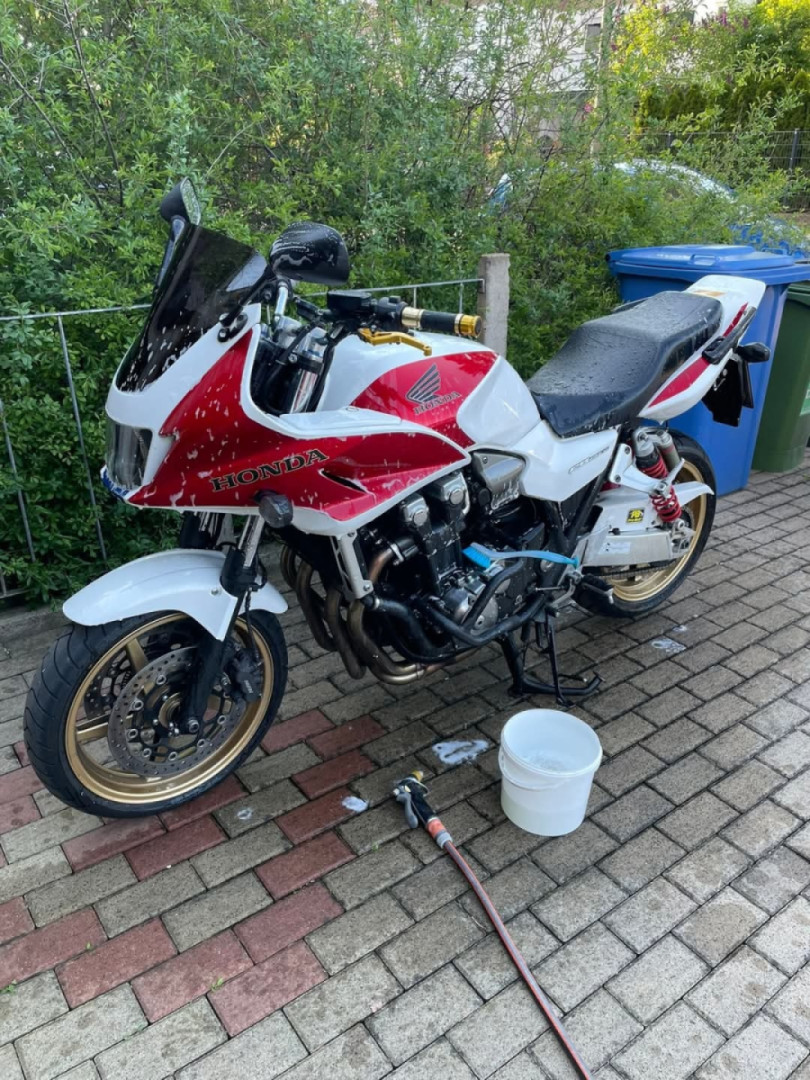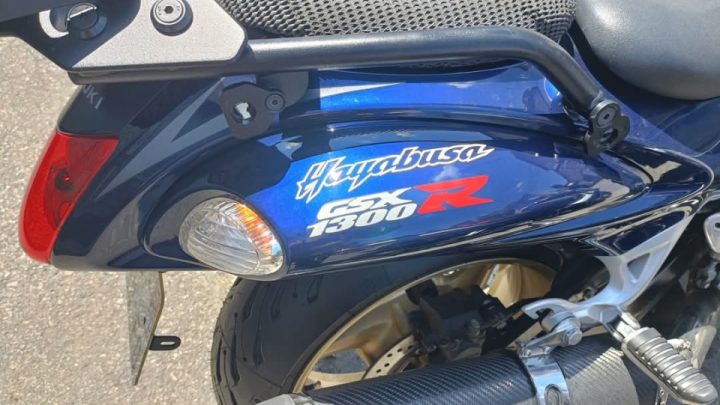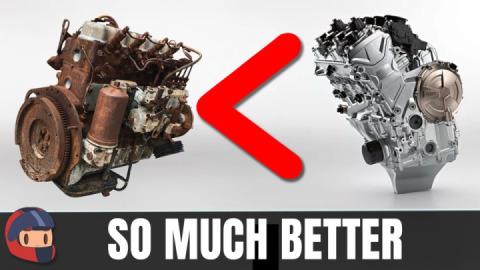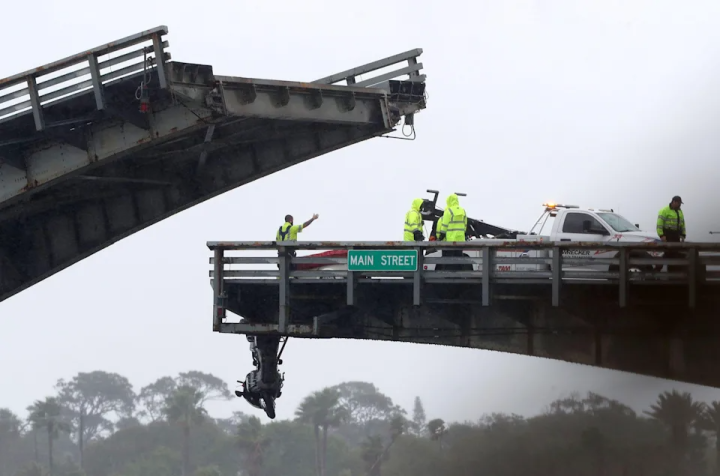Motorcycle safety at the lowest level

Be it on-road motorcycles, scooters, off-road bikes or mopeds, the motorcycle market has increased. It was originally projected to increase by the Motorcycle Industry Council by 3.7% Cumulative Annual Growth Rate (CAGR) from 2014 to 2025, but no one foresaw a pandemic. “As consumers adjusted to new realities [from covid-19], they reduced [the] use of public transportation and ride sharing services, and pursued new forms of recreation,” as explained by Gleb Mytko to PR Newswire. Potential buyers in the US – including both new and experienced riders – were met with an array of appealing options at many different price points, allowing them to find the model that meets all of their needs." As of that January report, demand for motorcycles is now projected to grow 5.4% annually through minimally 2024, fueled especially by e-bike and electric motorcycles.
So sustainability of the planet might be addressed, but sustainability of the humans might be another issue.
During the years from 2009 to 2018, the number of motorcycle fatalities per the National Highway Traffic Safety Administration (NHTSA) went up, but even more concerning is the steady increase in fatalities per 100 million vehicle miles driven (100M VMT); 21.46 motorcycle fatalities in 2009 with rates 15-21% higher in 2015-2018. In contrast, motor vehicle fatalities have dropped almost every year since the 1950s to a nearly historic low of 1.11 fatalities per 100M VMT. That translates to a motorcycle driver’s risk being more than twenty-two (22) times that of his car or truck counterpart.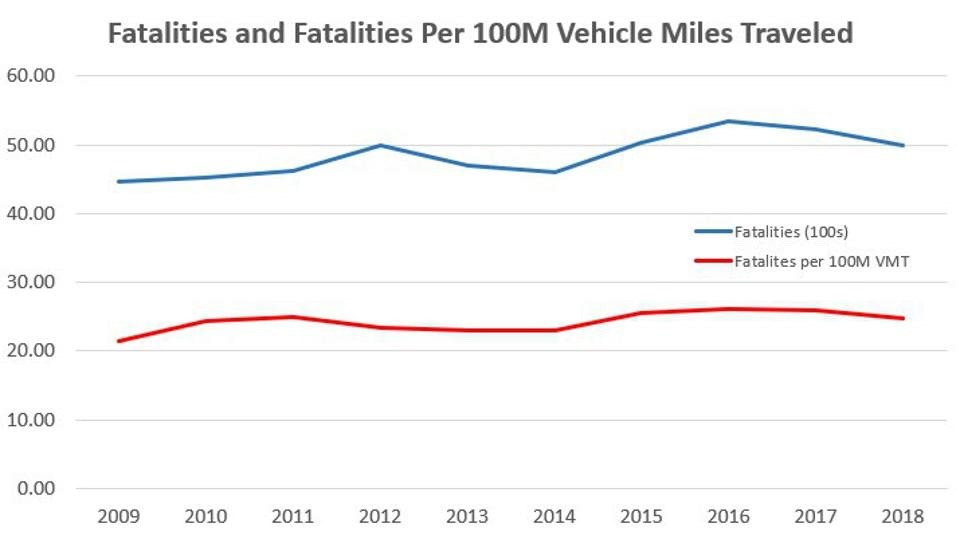
This raises a slew of questions. Why the improvement in car safety and the degradation of motorcycle safety? Is it increases in traffic speed? Is it due to technological advances that are possible with 4-wheeled vehicles like Electronic Stability Control (ESC) that cannot be achieved with 2-wheelers? Are more-extreme weather conditions contributing to the problem? Or is it due to differences in engineering rigor between motorcycle and car companies?
There are several studies that help to answer those questions:
· Approximately 2/3rds of motorcycle accidents are caused by another vehicle violating the motorcycle’s right-of-way with intersections being the most likely location.
· The average speed of a motorcycle pre- accident is 29.8 mph and 21.5 mph at impact
· 98% of motorcycles accidents do not have weather as a contributing factor.
· 62% of motorcycle accidents had fuel system leaks or spills in post-crash, which creates an unusually high risk of fire not typically present in other types of motor vehicle accidents.
· Recalls have become more prevalent with some manufacturers like Yamaha having a record 49 recalls in the last decade and effectively 32% of MY20 recalled (as points of comparison, Mitsubishi, Alfa Romeo and Chrysler were in the bottom quartile of 2019’s JD Power IQS study and only effectively had 0%, 1.8% and 5% recalled respectively).
All such data would typically be used while creating Hazard Analysis and Risk Assessments (HARAs) for the automotive industry, and then improved Functional and Technical Safety Concepts, design requirements and eventually a safer product. For example, Honda makes both cars and motorcycles, uses engineering rigor like Functional Safety and Automotive SPICE® practices with its supply base, and has lower recall rates (e.g., comparative MY20 motorcycle recall was effectively 1%) and better reliability (e.g. 3rd highest rated brand per Consumer Reports Motorcycle Reliability Study).
Per a recent 2021 report prepared for Congress, The National Transportation Safety Board (NTSB) has urged NHTSA to address the design of motorcycles including the following:
· requiring motorcycles to meet performance standards for passenger vehicle crash warning systems;
· mandating that new motorcycles manufactured for on-road use come equipped with antilock braking systems;
· developing standards for stability control systems for on-road motorcycles.
Will these reports and political pressure inspire a greater culture of safety? Will it create the need for more safety-related systems and associated assessments? Will it change engineering’s way of working?
Or the most important question: “When will consumers say enough is enough?”
Sourse: https://www.forbes.com/sites/stevetengler/2021/05/06/motorcycle-sales-deaths-and-questions-increase/?sh=6af0e3d33e28
 Follow
3.6K
Follow
3.6K

